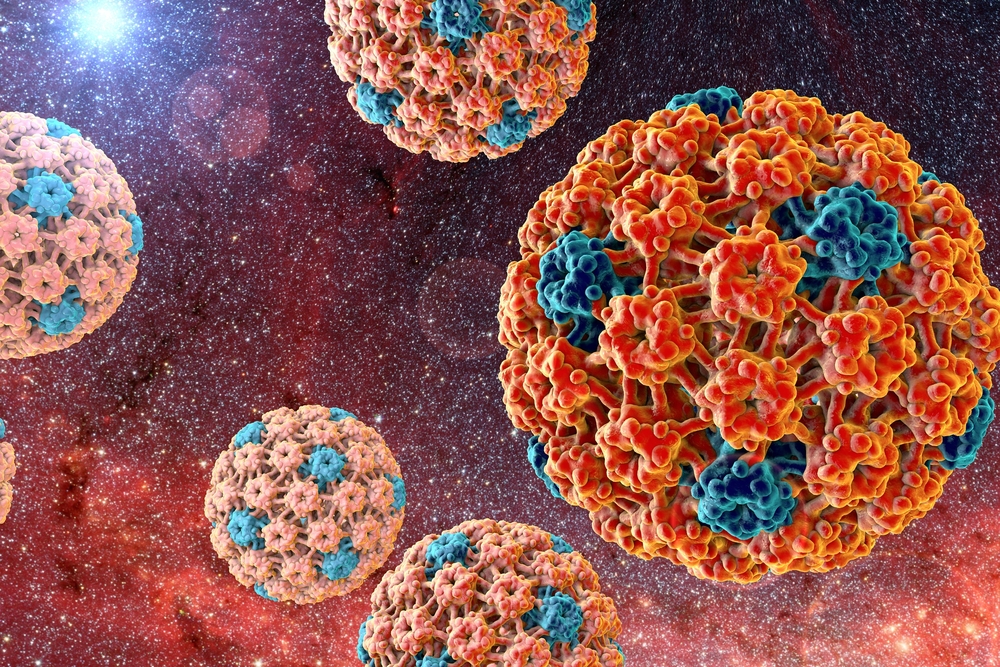Skin Sarcoidosis Appears Linked to HPV Infection in Case Study

Verrucous sarcoidosis, a rare form of skin sarcoidosis, may be associated with human papillomavirus (HPV) infection, researchers in Fort Lauterdale, Florida, and colleagues document for the first time in a case study.
Their study, “Verrucous sarcoidosis associated with human papillomavirus infection: A case report,” published in JAAD Case Reports, may lead to more focused prevention and treatment options for patients with such manifestations.
Sarcoidosis is a granulomatous disease that most often affects the lungs and intrathoracic lymph nodes, but it is known to have cutaneous involvement in up to one third of cases. Skin sarcoidal lesions may be divided into specific lesions, which contain non-caseating granulomas, a hallmark of sarcoidosis, and non-specific inflammatory lesions. Due to the heterogeneity of the lesions and similarity of symptoms with those of other diseases, skin sarcoidosis commonly presents a diagnostic challenge.
The researchers presented the case of a 51-year-old African-American women with a more than 10-year history of lung sarcoidosis. She had a facial rash that failed to respond to treatment with a cortisone cream.
After cutting her nose with the nose pad of her eyeglasses, she noticed warts starting in this area, even though she had no personal or family history of warts.
Her skin biopsies revealed sarcoidal granulomas, consistent with skin sarcoidosis, and her verrucous lesions, or warts, tested positive for HPV. Even though the differential diagnosis for verrucous sarcoidosis include warts, plaques or scaly skin, and very itchy firm lumps, the patient did not complain of plaques and denied rubbing the lesions.
The woman was treated with hydroxychloroquine for the cutaneous sarcoidosis, resulting in about a 90 percent improvement in her lesions, and with imiquimod for the verrucous area.
Although the skin sarcoidosis did not overlap with verrucous change, it is unlikely that two distinct priming antigens were present, suggesting that HPV can serve as a sarcoidal priming antigen.
Nonetheless, the researchers do not exclude that HPV may have been inoculated after the eyeglass trauma, which then spread to skin sarcoidosis areas due to their immuno-compromised nature. Cortisone treatment may also have enhanced the virus’ spread due to its immunosuppressive effects.
More studies are needed to understand whether HPV is commonly present in cases of verrucous sarcoidosis, or if this is an unusual finding.






